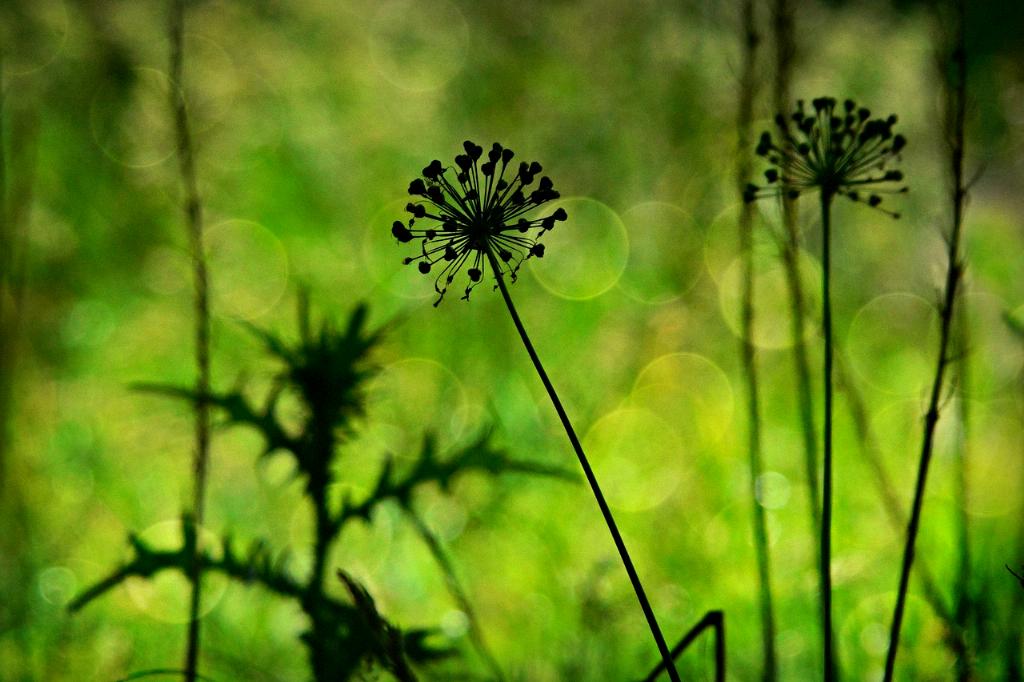So, you’ve decided to add the stunning blooms of allium bulbs to your garden or landscape. Smart choice! These ornamental onions can really spice up your outdoor space with their unique shape and vibrant colors. But when should you plant allium bulbs to ensure they bloom beautifully? Let’s delve into the details of the best timing for planting these eye-catching flowers.
Benefits of Planting Allium Bulbs
Before we jump into the timing of planting allium bulbs, let’s quickly touch on the benefits of incorporating these beauties into your gardening repertoire. Allium bulbs are low maintenance, deer-resistant, and attractive to pollinators like bees and butterflies. They come in a variety of shapes and sizes, making them versatile for different garden styles. When they bloom, they add a whimsical charm to any outdoor setting.
Different Types of Allium Bulbs
There are numerous varieties of allium bulbs available, ranging from the smaller Allium Neapolitanum to the larger Allium Giganteum. Each type offers its own unique characteristics, from color to height to bloom time. Choosing the right variety for your garden can enhance its overall aesthetic appeal.
Best Time to Plant Allium Bulbs
The optimal time to plant allium bulbs is in the fall, ideally between September and November. Planting them before the ground freezes allows the bulbs to establish roots before winter sets in. Allium bulbs thrive in full sun, so be sure to choose a spot in your garden that receives plenty of sunlight throughout the day.
Steps for Planting Allium Bulbs
When planting allium bulbs, ensure the soil is well-draining to prevent rot. Dig a hole that is three times deeper than the bulb’s height, place the bulb with the pointed end facing up, cover it with soil, and water it thoroughly. Once planted, allium bulbs do not require regular watering, as they prefer dry conditions.
Caring for Allium Bulbs
After planting, caring for allium bulbs is relatively easy. Simply wait for the lovely blooms to appear in late spring to early summer. Deadhead spent flowers to encourage new growth and remove any yellowing foliage. Allium bulbs are generally low maintenance, making them an excellent addition to any garden.
Common Issues and Troubleshooting Tips
While allium bulbs are hardy plants, they can sometimes face challenges like pests or diseases. Keep an eye out for onion flies or fungal infections, and address any issues promptly. Proper spacing between bulbs can also help prevent overcrowding and promote healthy growth.
Harvesting and Storing Allium Bulbs
Once the flowering season is over, you can harvest the allium bulbs for storage or replanting. Allow the foliage to die back naturally before digging up the bulbs. Clean off any excess soil, dry them thoroughly, and store them in a cool, dry place until the next planting season.
Creative Ways to Use Allium Bulbs in Your Garden or Landscape
Aside from traditional garden beds, allium bulbs can be incorporated into various landscaping designs to add interest and texture. Plant them in clusters, mix them with other spring-flowering bulbs, or even create allium borders for a striking visual impact in your outdoor space.

